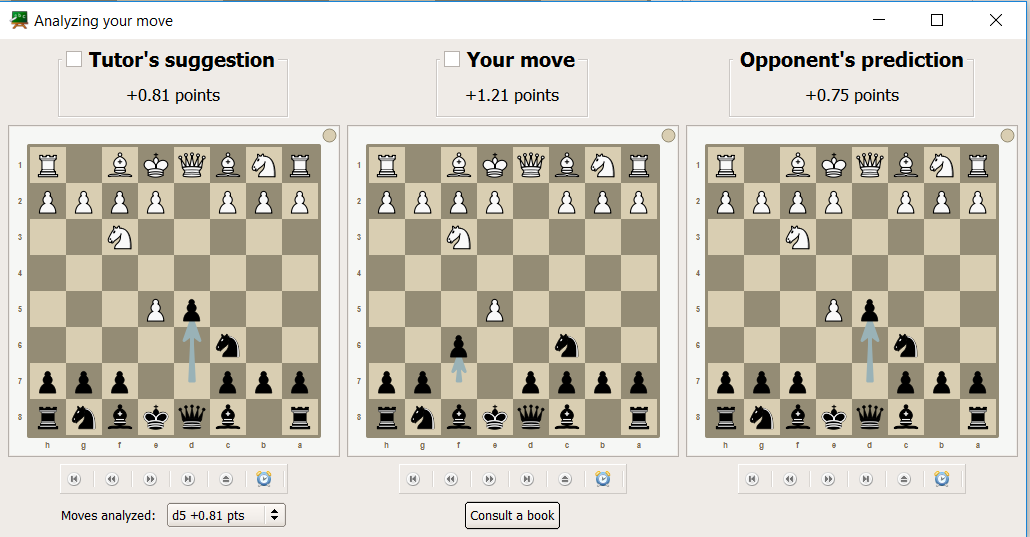These numbers are the score given to the position by the engine. In your particular case (screenshot) these are the scores after the respective move is made. But of course you can also evaluate the current position in the same way.
Positive values mean that white is better, negative values that black is better, a value of zero means equal. So if you are playing black, you should aim for very small numbers (=negative numbers with large absolute value).
The actual numbers are made up based on many factors. The actual factors and the weight given to them will be different between engines, but all (decent) engines would give most weight to the material. And as you guessed right a value of 1 corresponds to one pawn (see your example where black has one pawn less and the evaluation is around +1).
Some other factors and a very simplified view of how they could be implemented on a computer are:
- piece activity; could evaluate the number of all possible moves
- king safety; number of defenders around the king
- control of the center; number of squares under attack in the center
- pawn structure; minus points for doubled pawns or for isolated pawns...
In my experience positions with evaluation between about -1 and +1 still have a good chance of ending in a draw (assuming best play) while starting from 1.5 or 2 the games have a decisive result (assuming best play).

